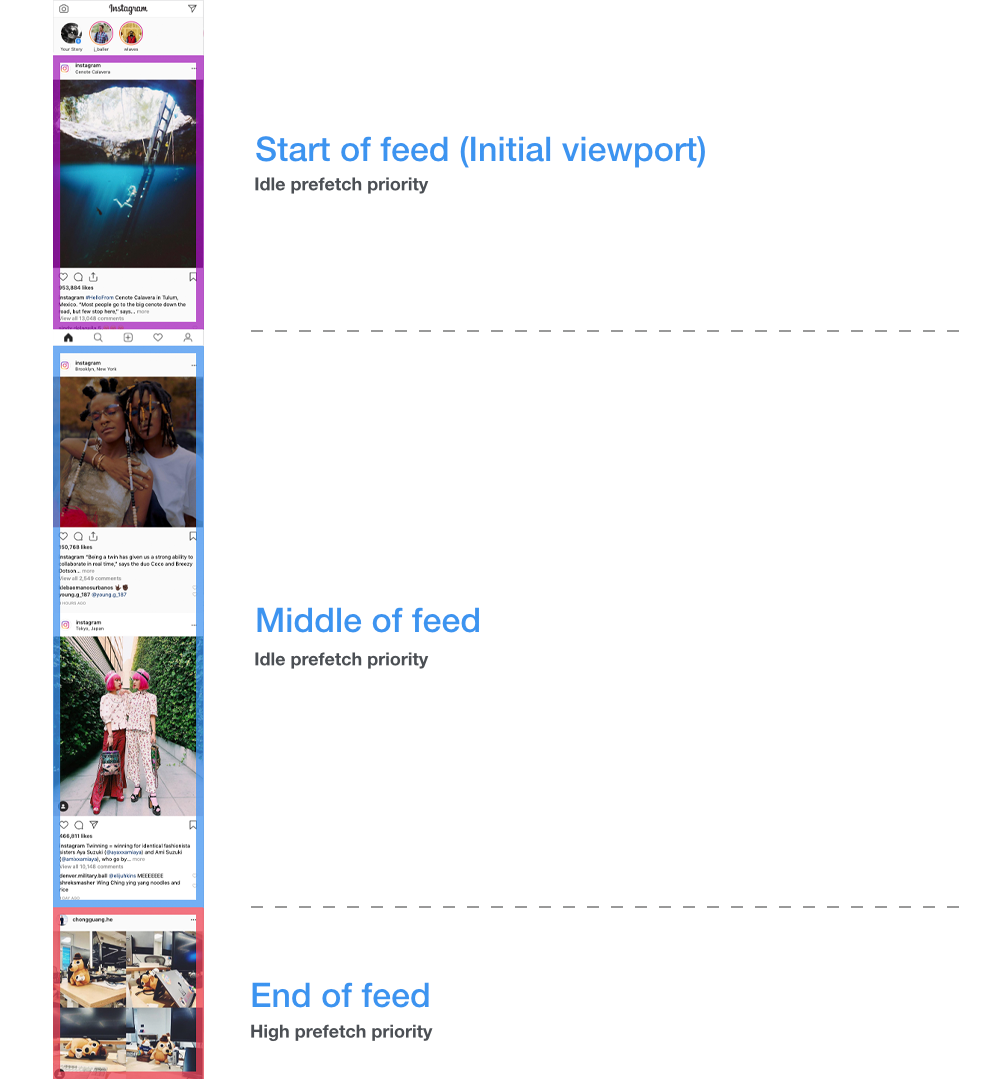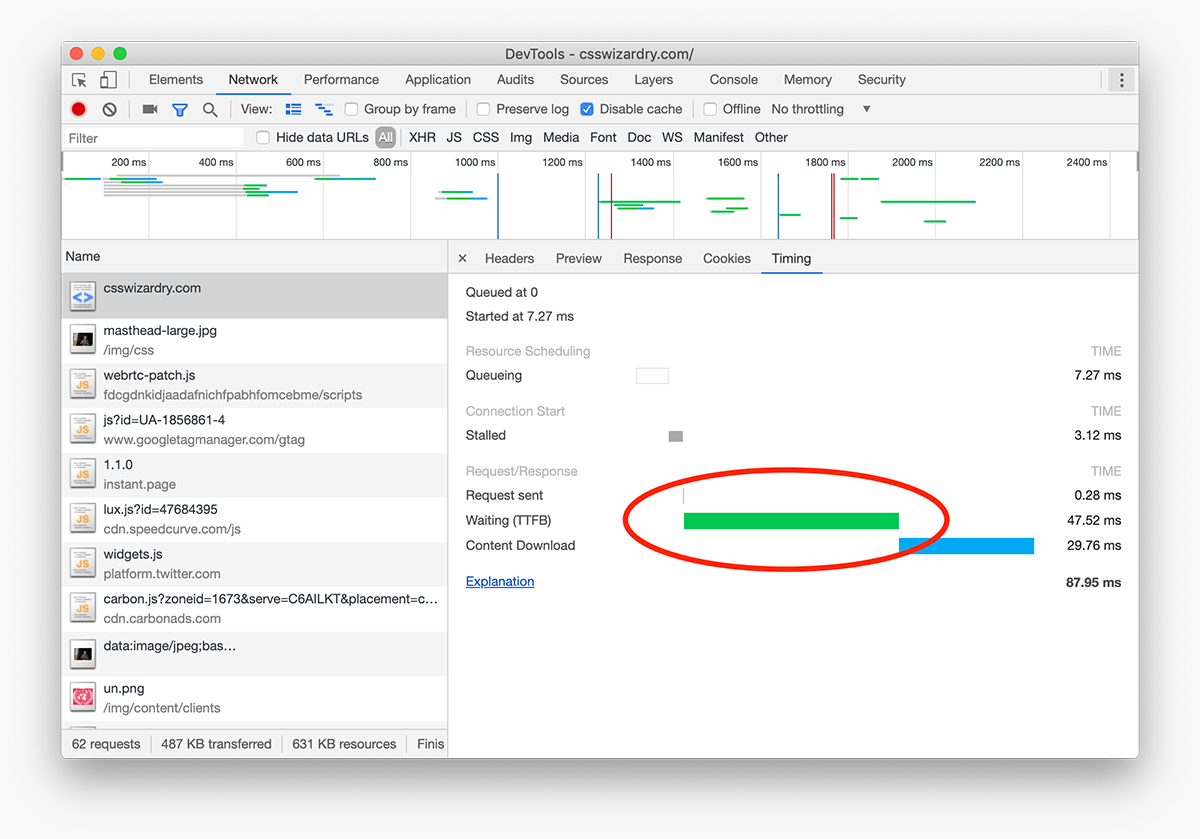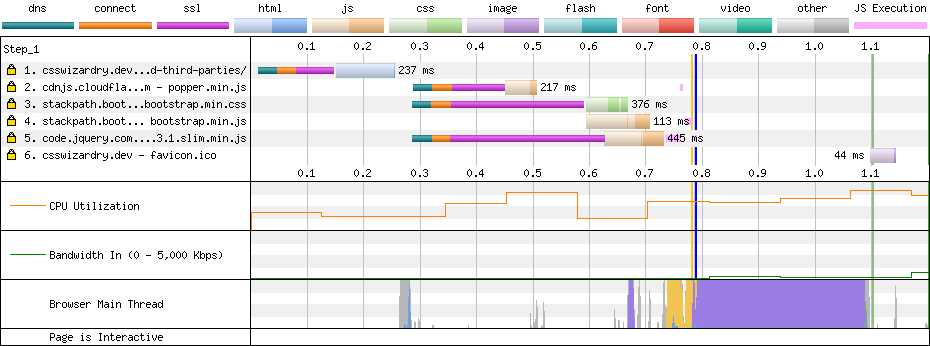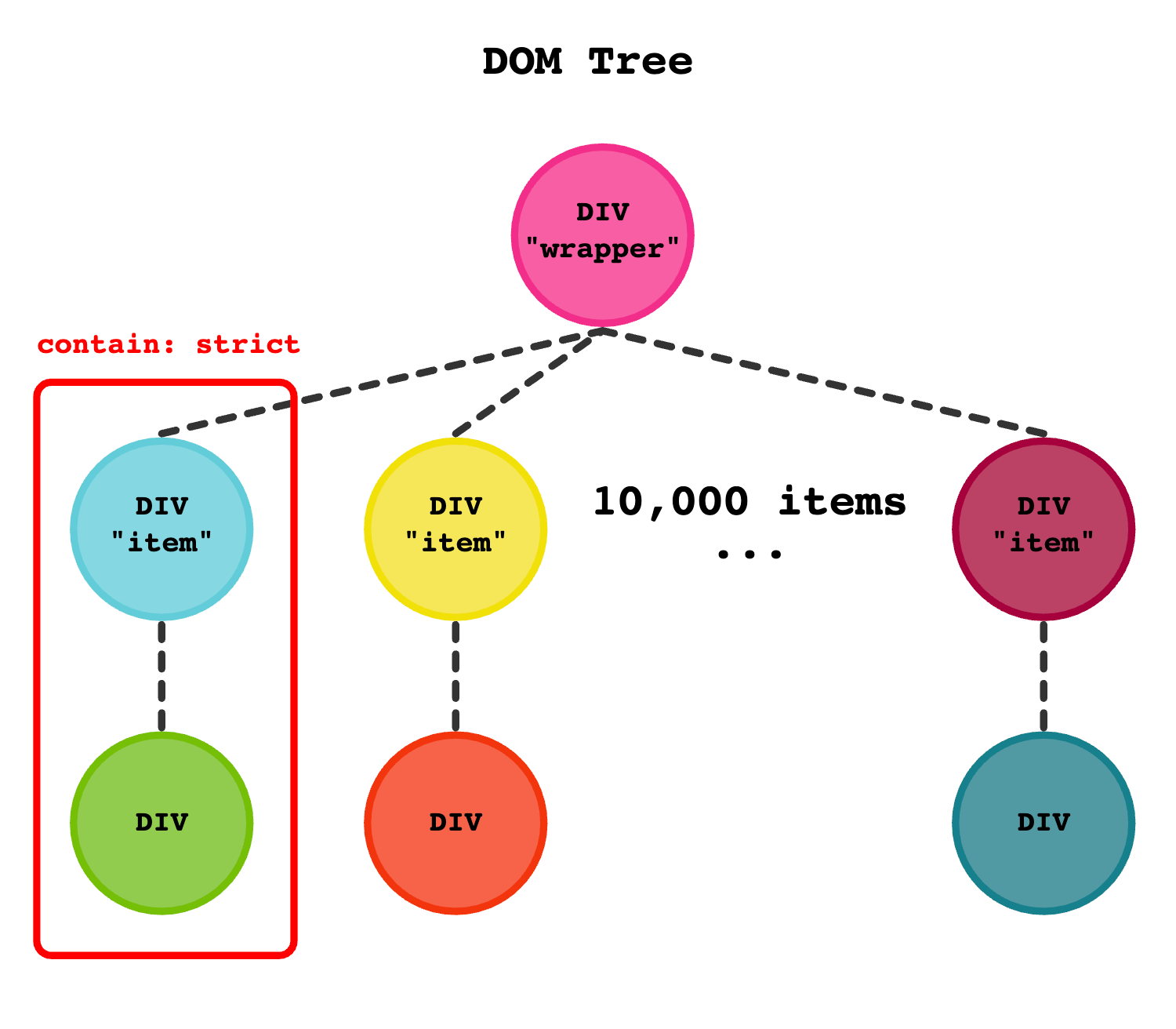
Over the years Instagram (as a product) grew a lot. With more features to show, their web experience began to degrade. In a series of (upcoming) posts they’re covering what they have done to improve performance. In this first part they cover script preloading and image prefetching, reducing the loading time of the “feed page” …



